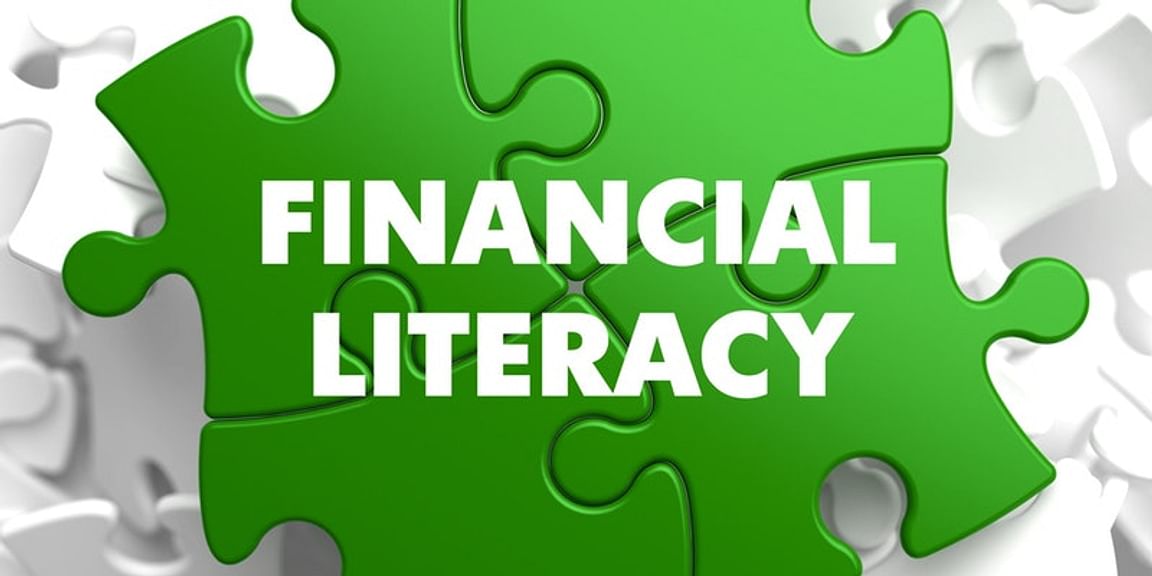In a fast changing world where money making opportunities abound thanks to a digital and knowledge economy that has liberalised information and communication channels, financial literacy has also become an imperative. Financial literacy refers to the knowledge and understanding of financial concepts and skills that enable individuals to make informed and effective decisions about their finances. It involves having the ability to manage personal finances, budgeting, saving, investing, understanding credit and debt, and making sound financial decisions in various life situations. Teachers can play a crucial role in teaching students financial literacy. Financial literacy is important for current money habits and also future preparation. The lack of financial literacy skills can lead to poor spending choices, increased debt, and a generational wealth gap. Learning to be financial literate has immediate results and also long term returns on investment. Today’s students live in a world that has the benefits of technology, instant access to information, and the ability to communicate and advocate through different platforms. For students to be productive and engaging citizens, financial literacy will help with future decisions and set the foundation for personal responsibility and business skills. Let’s consider strategies teachers can use to effectively teach this important life skill:
1. Curriculum Integration: Incorporate financial literacy into the existing curriculum across various subjects. For example, integrate concepts of budgeting and saving into math lessons or discuss economic principles in social studies.
2. Real-Life Examples: Use real-life examples and case studies to make financial concepts relatable and practical. Discuss topics like budgeting, credit, loans, and investments using examples that students can understand and relate to.
3. Guest Speakers: Invite guest speakers such as financial advisors, bankers, or local entrepreneurs to share their expertise and experiences with students. This can provide real-world insights and make the learning experience more engaging.
4. Simulations and Games: Utilise interactive simulations and financial literacy games to help students understand financial concepts in a hands-on and enjoyable way. There are numerous online resources and educational apps available for this purpose.
5. Personal Finance Projects: Assign personal finance projects where students can apply what they’ve learned. For example, have them create a budget for a hypothetical scenario or research and analyze different types of investments.
6. Saving and Investing Clubs: Establish saving and investing clubs or programs where students can learn about saving money, investing, and managing personal finances. These clubs can provide a supportive environment for students to learn and discuss financial topics.
7. Role-Playing Activities: Organise role-playing activities where students take on different financial roles, such as being a consumer, a business owner, or an investor. This can help them understand the impact of financial decisions from different perspectives.
8. Current Events Discussions: Incorporate discussions on current economic events or financial news. Encourage students to analyse and critically think about the financial implications of these events, fostering a better understanding of real-world finance.
9. Field Trips: Plan visits to local financial institutions, such as banks or credit unions, to provide students with a firsthand experience of how these institutions operate. This can demystify financial processes and help students become familiar with financial institutions.
10. Parent Involvement: Encourage parent involvement by sharing resources and information about financial literacy. Provide suggestions for discussing financial topics at home and encourage parents to reinforce these lessons outside of the classroom.
Remember, teaching financial literacy should be an ongoing process, starting from the early grades and progressing through higher education. It’s important to adapt the teaching methods to suit the age and maturity level of the students while continually reinforcing and building upon their financial knowledge and skills.














